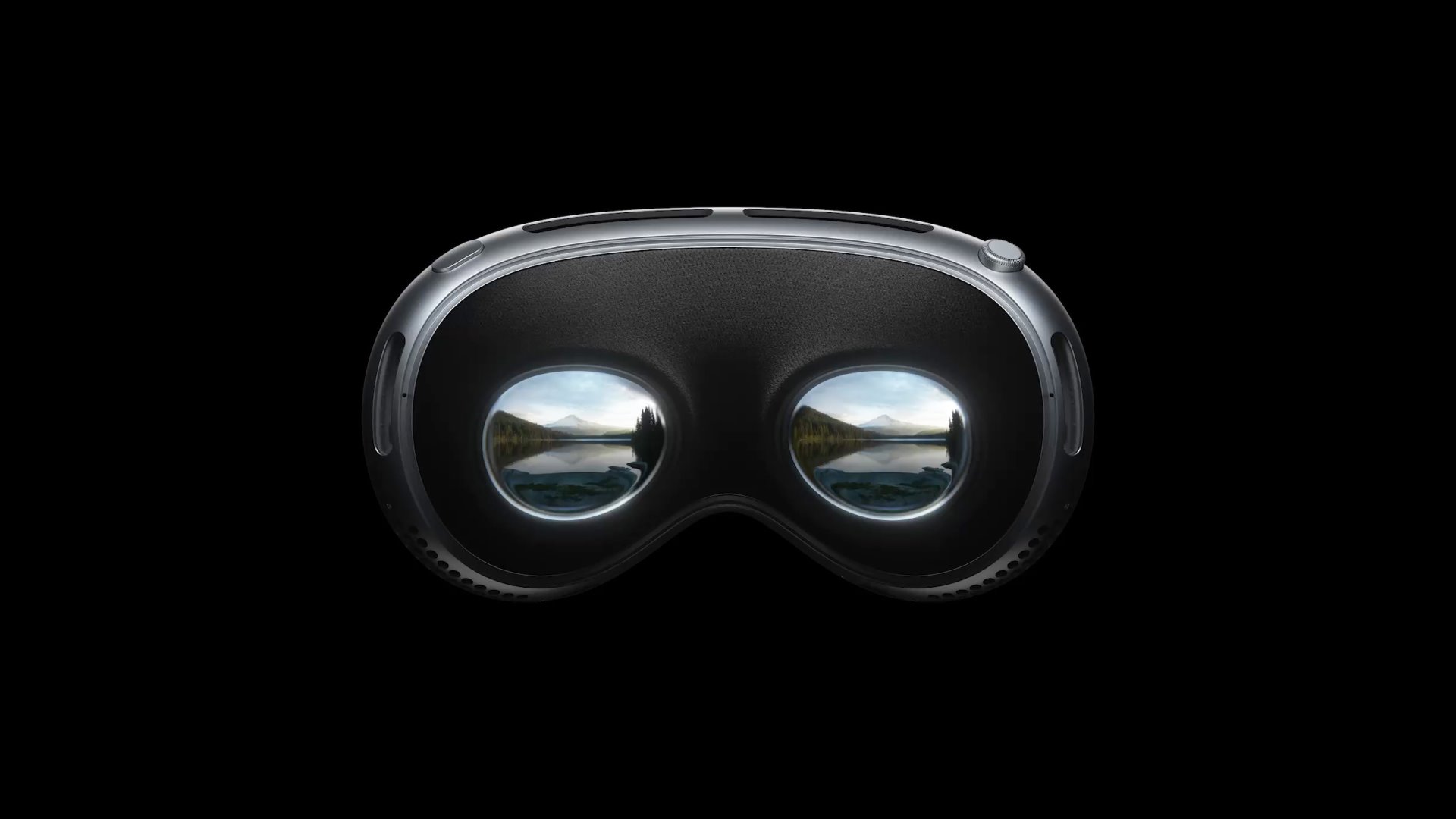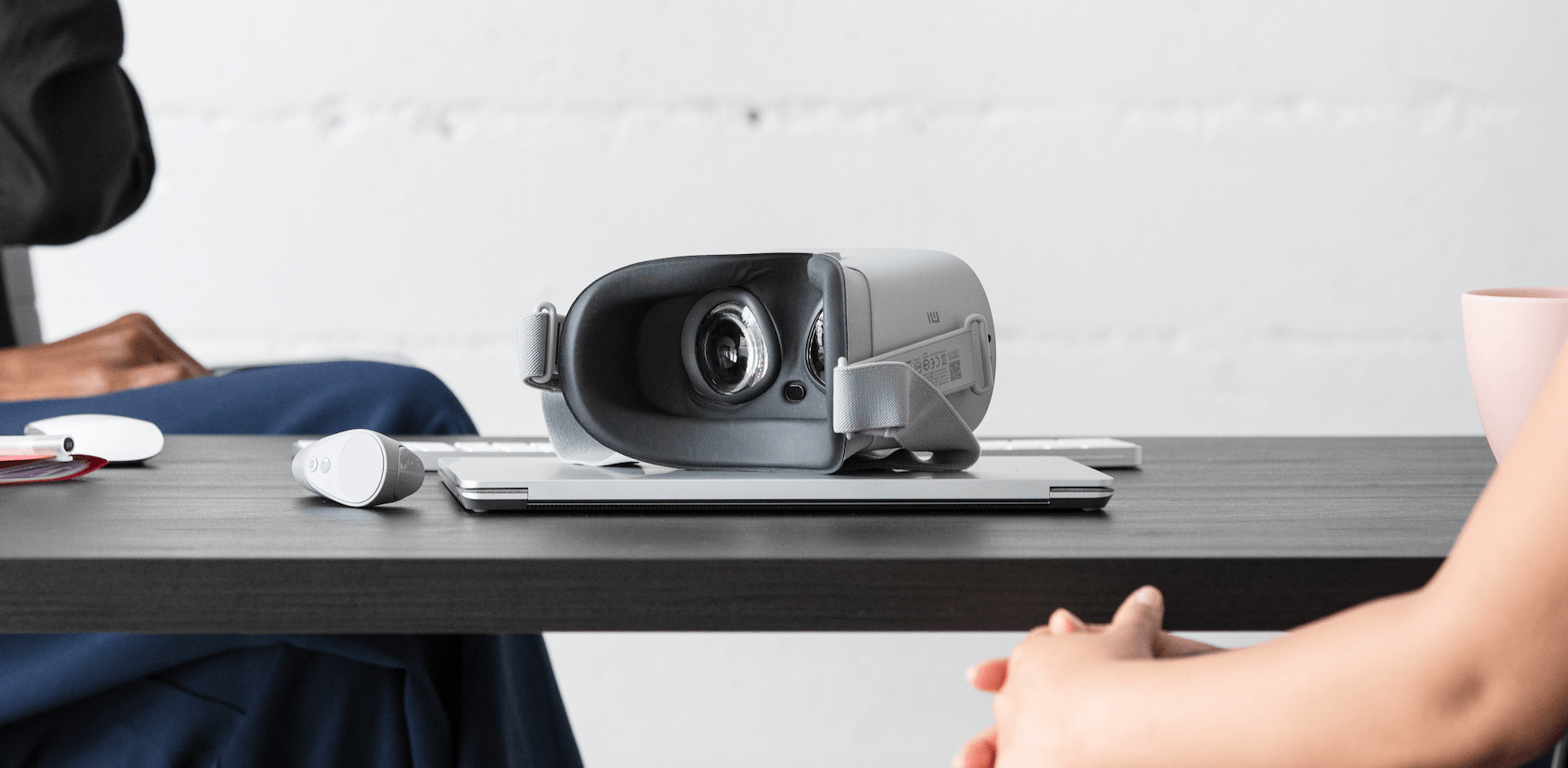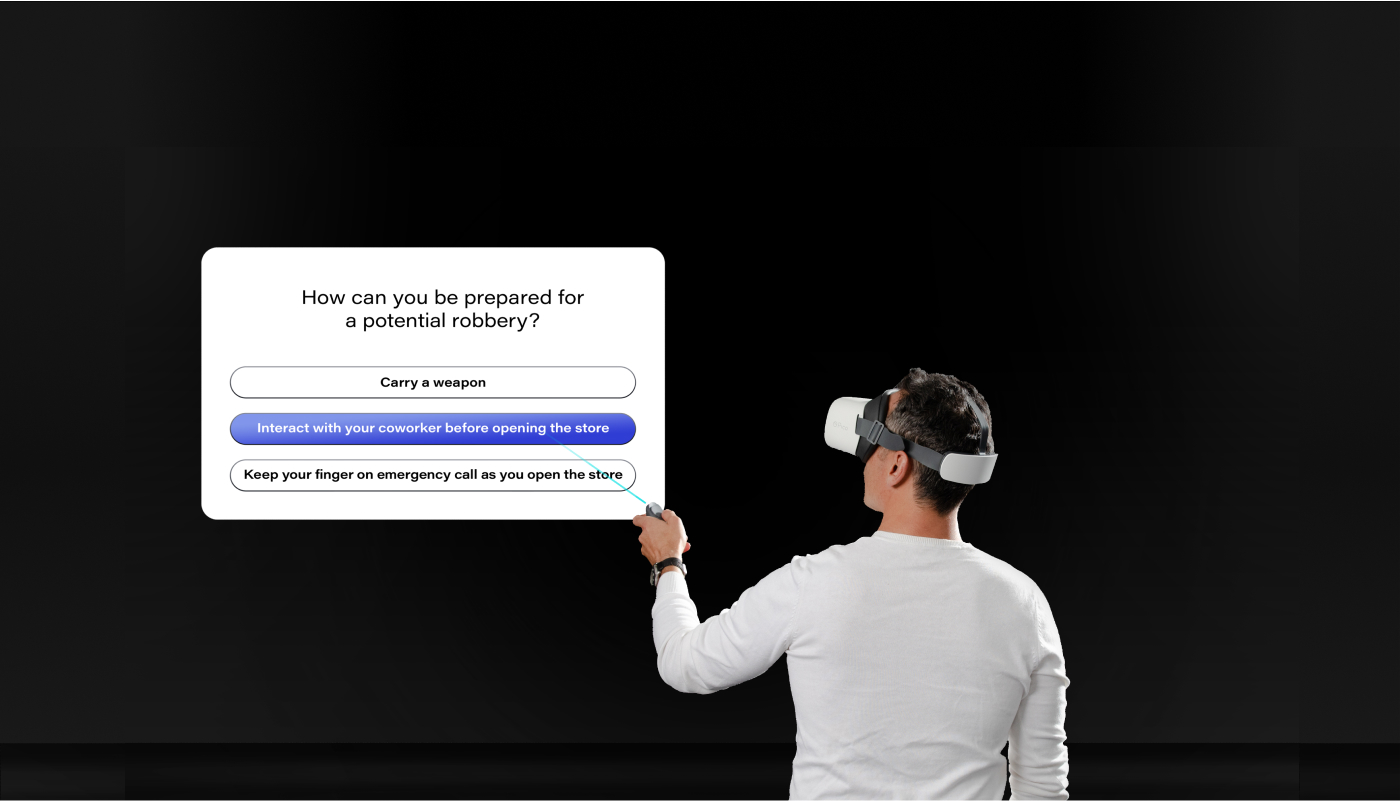Like everything else, technology is changing the old ways of training. Advanced virtual reality (VR) capability delivers better training, at scale, with measurable impact.
Enterprise VR training has the potential to shape the future of business. VR enables you to draw a straight line from your learning initiatives to business impact — especially when you institute an Immersive Learning model of VR learning, which combines immersive experiences with unique insights.
Current and future applications of enterprise VR
Enterprise VR training programs can be used for a lot of different kinds of learning objectives across lines of business, helping manufacturing divisions train workers on health and safety, companies with multiple brick-and-mortar stores scale operational training, and all kinds of organizations bring soft skills to managers and leaders.
Other ways organizations are using VR training in the enterprise:
- To enhance operational efficiency in areas like new hire onboarding, frontline processes, and distribution center operations
- Boosted customer service training for frontline employees, call center employees, and people in positions where they often have to handle tricky customer interactions.
- Securing a safer workplace regarding emergencies, safety procedures, hazard spotting, and food-prep safety.
- Coaching leaders on emotional intelligence in the form of valuable soft skills such as empathy building and having difficult conversations
VR training is a far more effective, engaging way to train employees of all types by offering a way to learn by doing that’s engaging in a safe environment.
Transform Your Training with VR
Potential benefits and challenges
Beyond the efficacy of VR training programs are specific benefits for enterprise organizations. VR learning accelerates the speed of proficiency for all kinds of employees. Retail employees learn how to interact with customers and use specific tools and equipment on the job. Manufacturing employees are taught how to spot hazards in the workplace to avoid injury and even death. All of this happens in the safe environment of a headset — not in front of real customers or on a dangerous warehouse floor — so employees are proficient before they step into their roles.
As a result, VR learning can ensure better customer service without subjecting real customers to inexperienced “trainees.” It reduces the onboarding time for new employees and allows enterprise organizations to reskill existing employees. It can even decrease turnover by creating more engaged, prepared employees who feel confident about their jobs and have a good experience from day one.
Many companies use VR training programs to instill cultural values and teach brand ethics. Sprouts, for instance, uses VR learning to train new employees on the Sprouts value system before they begin on the real floor of a grocery store, helping the company scale culture across many stores.
And enterprise VR learning can save organizations a lot of money by decreasing safety incidents and turnover and eliminating the business interruptions that often come standard with traditional training paradigms. This is how JetBlue got away from taking live jets out of commission to train mechanical inspectors who perform routine safety checks. Taking an airline out of commission costs around $10K a day, so this is a huge cost savings for JetBlue.
Steps to integrate enterprise VR learning into your operations
For many enterprise organizations, the first step is to create a business case for enterprise VR training. Most kick off their VR learning efforts with one pilot use case and then move on to others.
Walmart, for example, started its VR learning journey with a Black Friday immersive training experience for store employees conducted in 200 national Walmart Academies. Once successful, the pilot was scaled to nearly 4,700 stores across the US. Walmart has used VR learning for other use cases, such as training on the produce “wet wall” and bringing employees up to speed on in-store Pickup Tower kiosks.
An early question many enterprise L&D leaders have about VR learning is what equipment it will require. Building VR training modules from scratch on your own is a tremendous investment that most organizations cannot pull off. The process of building out VR learning modules requires not just filming equipment and software but talent — instructional designers, immersive content specialists, solutions architects, post-production people, and more. By partnering with a VR learning provider like Strivr, the equipment investment is very low — usually just VR headsets.
Enterprise VR is changing the future of work.
VR is changing the game for enterprise training with a more effective — and also cost-effective — way to both impart knowledge and engage employees in a variety of roles, across industries, and in a range of company sizes. To learn more, read the 5 steps to getting started with Immersive Learning.





